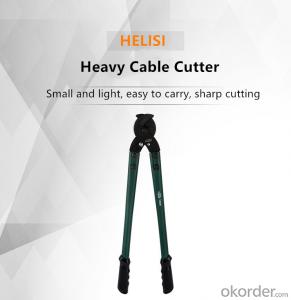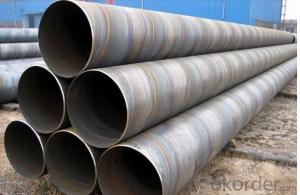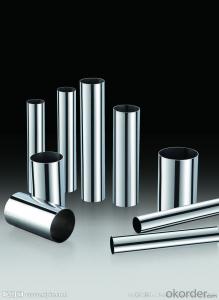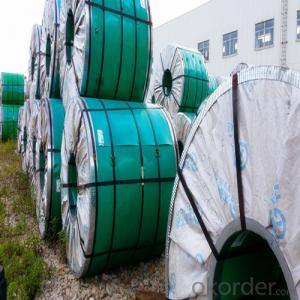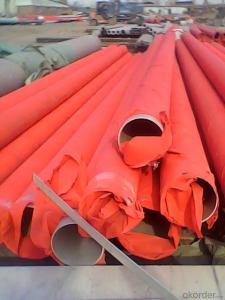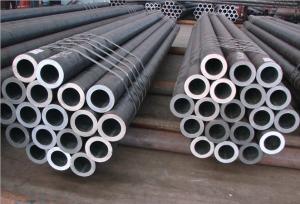Stainless Steel Tube Cutter
Stainless Steel Tube Cutter Related Searches
Best Paint For Stainless Steel Blanket Insulation For Steel Buildings Primer For Galvanized Steel Foam Filter For Stainless Steel H S Code For Stainless Steel Surface Grinding Wheels For Stainless Steel Surface Grinding Wheels For Hardened Steel Hole Saw For Stainless Steel Paint For Stainless Steel Stainless Steel For BbqHot Searches
Steel Mesh Panels For Sale Price For Stainless Steel Scrap Scrap Price For Stainless Steel Price For Stainless Steel Stainless Steel Tank For Sale Stainless Steel Sheets For Sale Cheap High Tea Sets For Sale Stainless Steel Tanks For Sale Stainless Steel For Sale High Density Fiberboard For Sale Solar Hot Water Collectors For Sale Scaffolding For Sale In Uae Scaffolding For Sale In Ireland Scaffolding For Sale In Houston Type Of Inverter For Solar Price Of Shipping Containers For Sale Types Of Inverter For Solar Stock Price For Aluminum Used Solar Inverter For Sale Steel Mesh Panels For SaleStainless Steel Tube Cutter Supplier & Manufacturer from China
Okorder.com is a professional Stainless Steel Tube Cutter supplier & manufacturer, offers integrated one-stop services including real-time quoting and online cargo tracking. We are funded by CNBM Group, a Fortune 500 enterprise and the largest Stainless Steel Tube Cutter firm in China.Hot Products
FAQ
- Indeed, underground irrigation systems can make good use of stainless steel pipes. Given their exceptional resistance to corrosion, stainless steel proves to be an optimal selection for installations that come into contact with moisture, soil, and various underground elements. Its durability and longevity guarantee the irrigation system's reliability over an extended timeframe. Furthermore, stainless steel pipes boast remarkable tensile strength, enabling them to withstand the pressure and stress that may arise in underground setups. All in all, stainless steel pipes emerge as a dependable and fitting choice for underground irrigation systems.
- The standard size range for stainless steel pipes varies depending on the industry and application. However, in general, stainless steel pipes are available in a wide range of sizes, starting from small diameters of around 0.5 inches (12.7 mm) to large diameters of up to 48 inches (1219 mm) or even larger in some cases. The wall thickness of stainless steel pipes can also vary, ranging from thin-walled pipes with a thickness of a few millimeters to heavy-walled pipes with thicknesses exceeding an inch. The specific size range for stainless steel pipes may be determined by factors such as the intended use, pressure requirements, and industry standards. It is important to consult relevant specifications and standards to determine the appropriate size range for a specific application.
- Yes, stainless steel pipes can be used for cryogenic storage tanks. Stainless steel is known for its high strength, corrosion resistance, and low thermal conductivity, making it suitable for handling extremely low temperatures required for cryogenic storage.
- Yes, stainless steel pipes can be galvanized. Galvanization is a process in which a protective zinc coating is applied to steel or iron to prevent rusting. While stainless steel is already highly resistant to corrosion, galvanizing can provide an additional layer of protection in certain applications. However, it is important to note that galvanizing stainless steel pipes is not as common as galvanizing carbon steel pipes, as the inherent corrosion resistance of stainless steel is often sufficient for most applications. Additionally, galvanizing stainless steel can alter its appearance and may not be suitable for certain aesthetic requirements.
- 304 stainless steel will rust it?
- General stainless steel chromium content is generally not less than 12%, high even up to 18%. When chromium is added to the steel, the properties of the steel can be changed. For example, the molecular structure of the steel is more uniform, and the surface of the steel is easy to produce a layer of dense oxide protective film, which greatly improves the corrosion resistance of the stainless steel. Therefore, stainless steel can resist fire, water, acid, alkali and various solutions to its corrosion, not rust. The scientists found that the internal structure of the steel is more uniform, various components more closely linked to the corrosion of the more difficult the invasion, also attached to the surface with a layer of oxide film, like iron and steel to wear armor, was not naturally easy to rust.
- Passivation in stainless steel pipes refers to the process of treating the surface of the pipes to remove any contaminants and enhance its corrosion resistance properties. It involves the use of chemical solutions or acids to remove iron particles and other impurities from the surface, creating a protective oxide layer that prevents further corrosion.
- The only difference between seamless and seamless stainless steel pipes is that seamless pipes are made without any seams or welds, while seamless stainless steel pipes are specifically made from stainless steel.
- Stainless steel pipe specification 25*2 what does it mean?
- Stainless steel pipe is a kind of hollow long strip round steel, mainly used in petroleum, chemical, medical, food, light industry, machinery, instrument and other industrial pipeline and mechanical structure parts. In addition, the bending and torsional strength of the same weight is lighter, so it is also widely used in the manufacture of mechanical parts and engineering structures. It is also used to produce all kinds of conventional weapons, guns, shells and so on.






